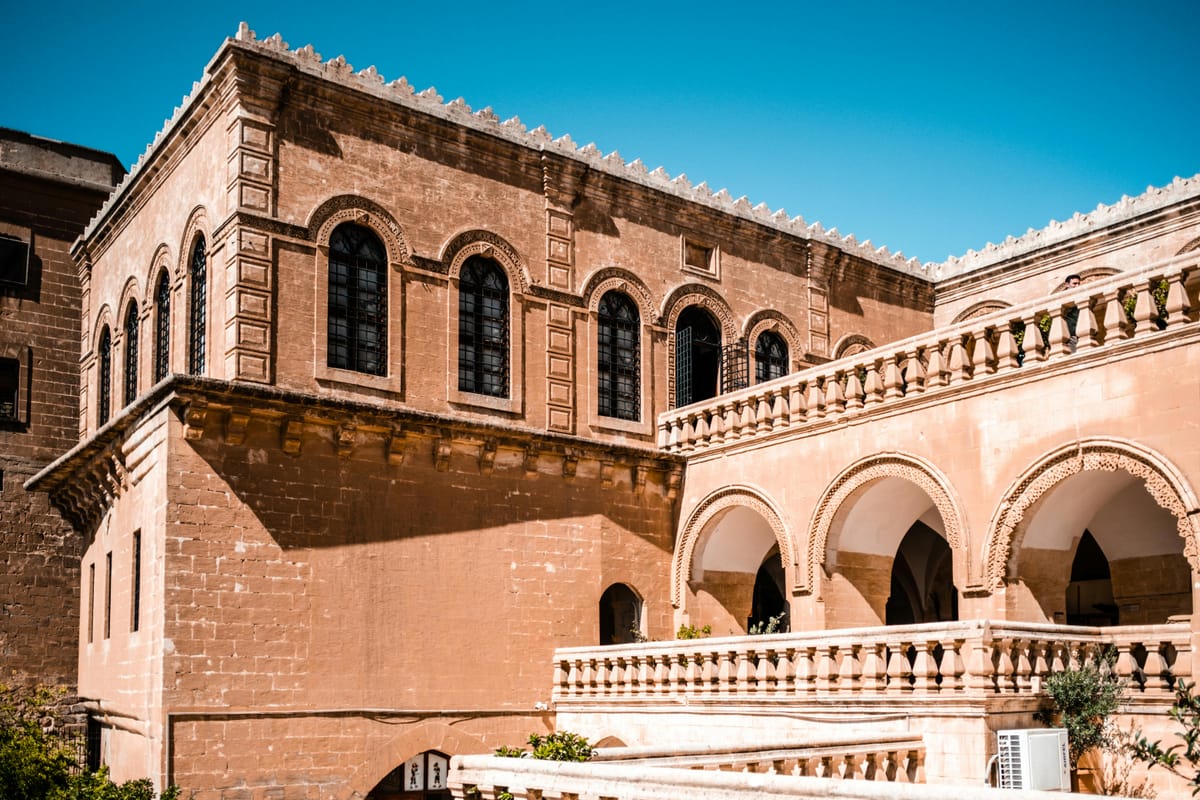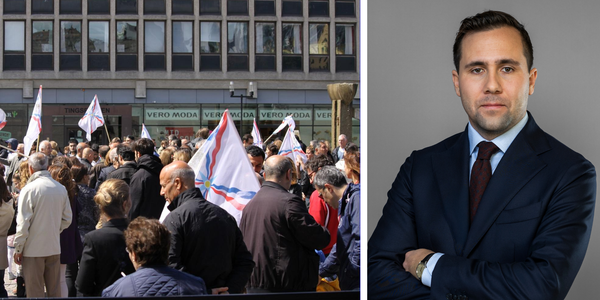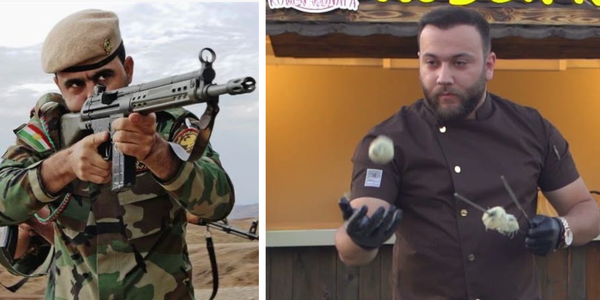Locals protest possible return of historic church building in Mardin
Rumors of the Turkish president decreeing the return of the Syriac Catholic Church's patriarchal seat to its owners has stirred emotions among local muslims.

The news of a potential decree by Turkish President Erdogan to hand back the premises of the Syriac Catholic Church in Mardin to the Syriac Church Foundation has raised eyebrows and sparked protests by several organizations in Mardin.
In a public protest on 2 August, members of different organizations gathered in front of the building to denounce the declared intention of President Erdogan, threatening that such a decision would cause "serious and great social unrest, resentment and unwanted socio-political consequences."
"The existing court rulings on the Mardin Museum Building, which has been registered as belonging to the public by the Local Court, the Court of Cassation and the Constitutional Court, stating that the request of the Syriac Catholic Foundation is unfounded and illegal, is correct and accurate," said Necmettin Başboğa, the spokesman representing the dissenting organizations, adding that: "As professional organizations, chamber presidents, associations, foundations and Non-Governmental Organizations serving in Mardin and selected neighborhood headmen; We call on all relevant and authorized persons and institutions, especially our President, and we expect them to listen to our voice."
According to both Turkish and Assyrian media sources, the declared intention of President Erdogan to restore the building to the Assyrian Catholic Foundation came about when the President held a meeting with different local representatives in Mardin. In that meeting, representatives of the Assyrian Catholic community presented the case to Erdogan and pleaded with him to issue a decree to return the building, a suggestion he is reported to have accepted and is widely expected to make, guided by the principle that the building should go back to its original owners.
A troubled history
The Syriac Catholic Church was first established in 1773 in Mardin when members of the Syriac Orthodox Church chose to follow the pope in Rome. One hundred years later, the Assyrian Catholic community had gained enough strength to embark on the monumental project of building a seat for their patriarchate. Finished in 1895, the magnificent limestone building sits in the very center of Mardin. It functioned as the seat of the Catholic patriarchate for only 19 years before it was declared as so-called abandoned property and subsequently confiscated by the Turkish state in 1914, as the Assyrian community in Mardin had either perished in the Assyrian genocide Seyfo, been deported, or fled.
Since then, it has been used as a military garrison, a post office, headquarters for a Turkish Islamist party, and a storehouse for the Vali (governor), before it was finally turned into a museum of history. The Assyrian Catholics, however, never gave up their hopes of returning it to their church foundation.
Questionable motives
The groups opposing the awaited restitution use different arguments. One of the arguments used is that the Assyrian Catholics back then had sought protection and the aid of France, implying indirectly that they were traitors and that the state did the right thing in confiscating the building. They also claim that the building is too important and prominent to be returned to a non-existing community and that it has come to constitute the very identity of Mardin.
The protesters claim further that few Catholic Assyrians live in Mardin today, pointing out that two existing Assyrian Catholic churches in the city, the Meryemana Church and the Mor Efrem Church, mostly stand empty and that Sunday prayer is not held in them because there is no community.
Assyrian commentators, on the other hand, describe many of the figures and groups behind the protest as Muslim fascists hiding their real motivation for opposing the restitution behind words of 'culture and preservation', while in reality they despise seeing Christians reclaiming their heritage and space in an area they were mostly eradicated from more than one hundred years ago.




